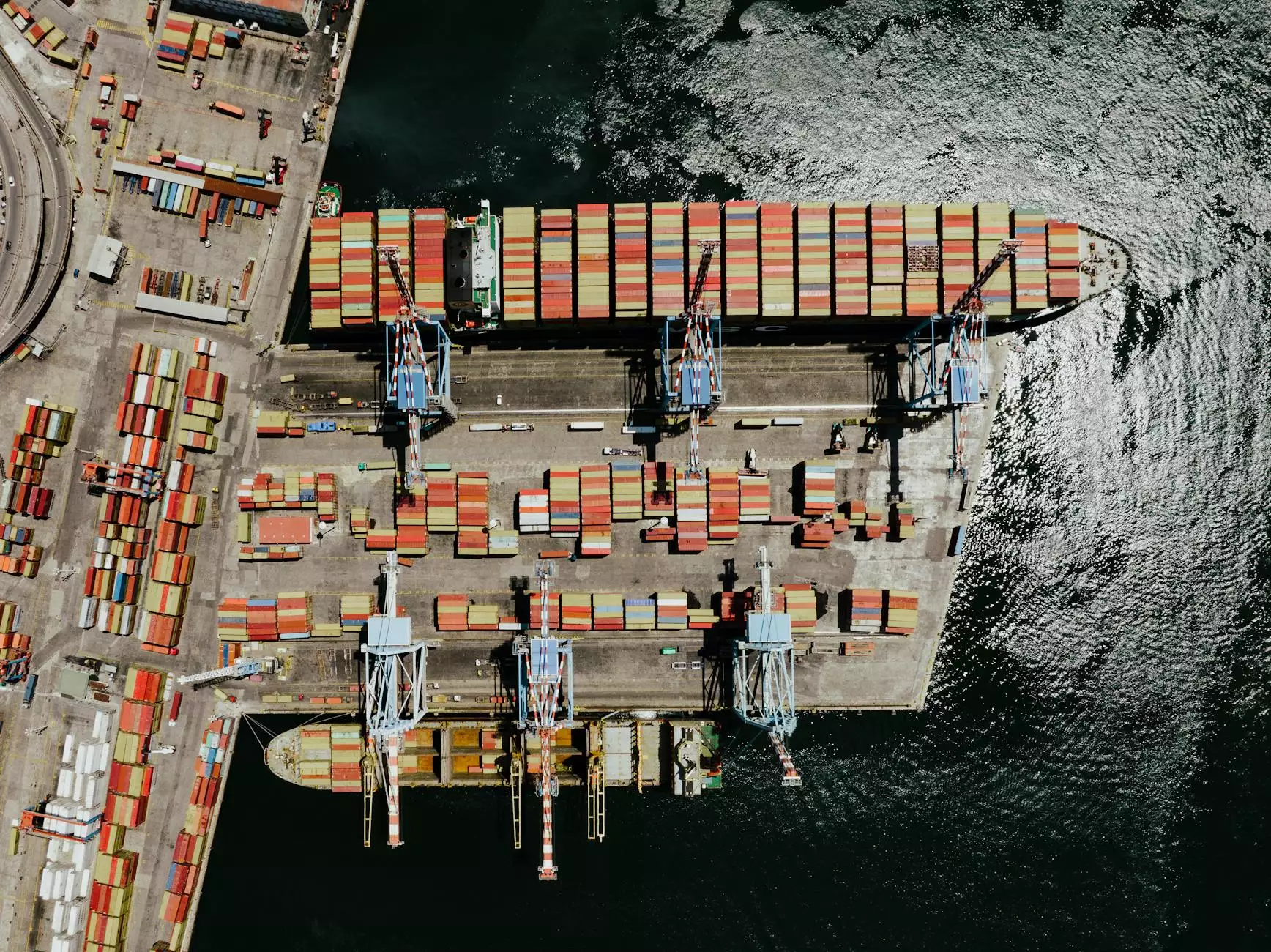Understanding Air Freight Costs Per kg

In the modern business landscape, the air freight costs per kg have become a crucial consideration for companies engaged in international trade and shipping. With the rapid growth of e-commerce and global supply chains, understanding these costs can help businesses optimize their logistics and improve their bottom line. This article delves deep into the factors influencing air freight prices, how to manage your shipping costs effectively, and strategies for choosing the right freight forwarder.
The Basics of Air Freight Costs
Air freight is one of the fastest and most reliable methods of transporting goods over long distances. However, it is also one of the most expensive. The cost per kilogram (kg) is a common metric used in the air freight industry to help businesses estimate their shipping expenses.
Typically, air freight costs are calculated based on either the actual weight or the volumetric weight of the shipment, whichever is greater. This means that understanding how these weights are determined can significantly affect your shipping budget.
1. Actual Weight vs. Volumetric Weight
The distinction between actual weight and volumetric weight is vital for calculating air freight charges:
- Actual Weight: This is the physical weight of the cargo measured in kilograms.
- Volumetric Weight: This is a calculation of the space that your shipment occupies in relation to its weight. The volumetric weight is calculated using the formula:
Volumetric Weight (kg) = (Length x Width x Height in cm) / 5000
It’s important to understand this distinction, as air freight carriers will charge you based on the greater of the two weights. This means that if your package is lightweight but very bulky, you may end up paying for its volumetric weight instead of its actual weight.
Factors Influencing Air Freight Costs
The air freight costs per kg are influenced by several factors that businesses must take into account:
1. Distance
As with any logistics operation, distance plays a significant role in determining shipping costs. The further the destination, the higher the air freight charges tend to be due to increased fuel costs and potential layovers.
2. Type of Goods
Different types of products have different transport requirements. Perishable goods, hazardous materials, and high-value items may incur additional handling fees, insurance, and specialized packaging.
3. Seasonality
Demand for air freight services can fluctuate based on the time of year. Peak seasons, such as the holiday rush, can lead to increased prices due to higher demand for cargo space and limited availability of flights.
4. Carrier Choice
Different air freight carriers offer varying rates and service levels. Some may be more cost-effective for certain routes or types of cargo, while others provide added services that may justify a higher price.
5. Fuel Prices
Fuel surcharges are often added to air freight costs and can vary based on current fuel prices. Organizations need to monitor these fluctuations as they can have a significant impact on overall shipping expenses.
6. Payment of Duties and Taxes
Depending on the destination country, customs duties and taxes may apply. These additional charges can significantly impact the total cost of shipping if not properly accounted for in the budgeting process.
How to Calculate Your Air Freight Costs
Calculating air freight costs requires a thorough understanding of the various factors involved. Here are the steps you should follow:
- Measure Your Cargo: Obtain the actual weight and dimensions of your shipment.
- Determine Volumetric Weight: Use the provided formula to calculate the volumetric weight and determine which is greater.
- Select a Carrier: Research various carriers and their pricing for the specific route and service level you require.
- Account for Additional Fees: Don't forget to include potential handling fees, fuel surcharges, and customs duties in your calculations.
Strategies to Optimize Air Freight Costs
1. Consolidate Shipments
Combining multiple shipments into a single cargo load can lead to significant savings. Careful coordination can help you achieve lower rates by maximizing space and weight efficiency.
2. Use a Freight Forwarder
Partnering with a reliable freight forwarder can help simplify the logistics process. They can provide guidance on the best shipping methods and help you navigate regulatory requirements, potentially saving time and money.
3. Plan for Off-Peak Shipping
As mentioned earlier, shipping costs tend to be higher during peak seasons. If possible, schedule your shipments during off-peak times to take advantage of lower rates.
4. Consider Alternative Routes
Sometimes, it may be more cost-effective to take an indirect route that involves multiple flights or transfers. While this may lengthen the transit time, the savings can be significant.
5. Negotiate Rates
If you’re a frequent shipper, don’t hesitate to negotiate rates with air freight carriers. Many are willing to provide discounts for regular customers or bulk shipments.
Conclusion
Understanding the components of air freight costs per kg is essential for any business looking to optimize its logistics and shipping process. By recognizing the factors that influence costs, calculating expenses accurately, and implementing effective strategies, companies can navigate the complexities of air freight with increased efficiency and reduced spending.
As you plan your shipping logistics, remember to assess not only the cost but also the reliability, speed, and service quality of your chosen air freight options. With the right knowledge and partners in place, you can successfully streamline your operations and enhance your global reach.
For businesses looking for reliable air freight solutions, cargobooking.aero offers a comprehensive range of shipping services. By partnering with experienced freight forwarders and leveraging advanced logistics technologies, we ensure that your cargo gets where it needs to go—on time and within budget.









